Donetsk Destroy the center of counterrevolution. Part of 1
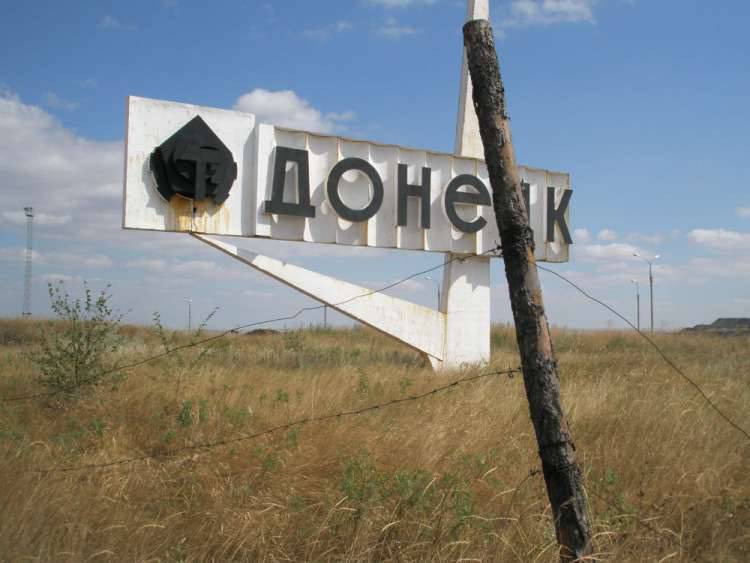
The Russian city of Donetsk got a “black drop”: here the trial is going on in the case of Nadezhda Savchenko. She, I think, will remember for a long time this fateful city for her, however, like the Ukrainian Donetsk. These two cities are intertwined with a tourniquet, and few people guess which historical collisions occurred here. I will write about the glorious history of Donetsk, and not about Nadia. I will write about the light, and not about the dark. I want to look at this topic "from the back of the moon," because almost no one wrote about the real case, which thousands of people have been creating here for decades, which are the backbone of our country, its national treasure. We write more about criminals than about normal life.
Donetsk was Gundorovka
At the beginning of the war in 1941, the men of the village went to the front, their wives and mothers were left alone. Weak children and women had no one to protect and feed. Almost everyone found the strength to work to feed his family and soldiers who had fought. The rear and front were one. By the beginning of the war, about seven thousand people lived in Gundorovka, two collective farms were created, and they had already begun to work and produce coal from the Kamensko-Gundorovsky coal area mine. It was considered a blessing, that is, where to work during the war, to help the Motherland in the fight against the German occupiers.
“I will be a tankman,” wrote the student Viktor Nezhivov. - Now, when our wonder-heroes, the red warriors ruthlessly exterminate the enemy, I firmly decided, after graduating from school, to enroll in an armored school. I will put all my strength and knowledge in order to "perfectly" master a military specialty and justify the great title of patriot of my homeland. "
School students worked in the fields to provide food for the soldiers at the front, they tried to help as much as they could, collecting money, underwear, and things.
From the memoirs of V. M. Khununina (Kolesnikova): “My mother, Fedora Petrovna Kolesnikova, worked on the collective farm, my older sister died of illness, even when our troops were retreating from the Ukraine. Father was at the front. Our family had a very hard time, I almost never saw my mother, she worked all the time. When the Germans came to Gundorovka, it was scary, they occupied almost all the houses. ”
Occupation
In July, the advanced parts of the Germans appeared on the hills of the stanitsa village. German infantry was stationed in Gundorovka itself, and artillery was stationed nearby, in Shevyrivka.
The German soldiers standing in the apartments had different attitudes towards the Soviet inhabitants. Of course, first of all they took away cattle, despite the fact that women had several small children. The soldiers laughed when the unfortunate mothers covered the entrance to the cellar with their breasts. As some residents recall, the officers sometimes pitied the kids and gave them sugar, but could shoot them at any moment. The population was in fear.
Vlasov
Everyone who fought for the Motherland is annoyed to realize that among their own were traitors. In Gundorovka there was a battle with the Vlasovists. From the memoirs of G. S. Zdanovich, the commander of the 203 th rifle division: “... From the German trenches,“ Hurray! ”Suddenly rang out, in our direction several hundred soldiers fled. At first, we thought that some military unit was breaking out of the enemy’s rear, so the soldiers did not open fire. But their assumption quickly dissipated: the traitors-Vlasovists went on the attack. With fierce hatred, our fighters fought with traitors to the Motherland! Fifty apostates were forever lying in the very land they had betrayed. ”
Exemption
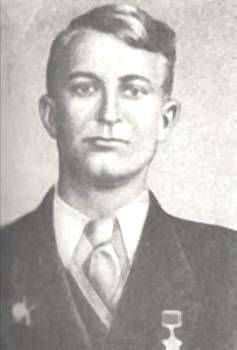
After the 14 reconnaissance missions in February, 1943 of the year before dawn, the 619 Infantry Regiment under the command of Kornienko Nikolai Ilyich of the 203 Infantry Division of the 63 Army captured the village of Gundorov almost without loss.
Soviet soldiers were immediately shown the place of execution of teenagers and their fathers who went on reconnaissance. Grisha Akulov, Yakov Platonovich Akulov, Lenya Vorobyov and communist Golikov were found in one of the beams with traces of numerous tortures.
The occupation of the village lasted about seven months. But this time was enough to inflict heavy damage.
But no one was discouraged. The next spring, the collective farm started sowing.
Every year on February 14 in Donetsk rallies are held in memory of those killed during the liberation of Gundorovka and the Rostov Region.
War letters yellowness of times
The lines from the letters of the soldiers that they wrote to relatives in Gundorovka: “Dear Nonnochka, do not worry, soon we will destroy the enemy and live in a new way, better. I have no address, write to Kiev, p / o number 90, demand. Kisses, Paul. 24 July, 1941 year.
“Hello, my dear family. Dear friend of my life Nadechka and my daughters Ninochka and Lyusechka, dear mother. Tight all kiss. This is what I never thought I would have to serve at that age, apparently, this is the fate. I ask you, my dears, pray to God for me. Good news, Ivan Skrypnikov, a fellow countryman from Kamensk, is here with me, we are sharing everything with him. I have prepared a parcel, so wait, come to the village council. Hope to be back. No address yet. Kisses, Gypsies. 31 August, 1941 year.
“My dear spouse and children, I inform you that I have not received letters from you for a long time, for which I am reprimanding. I beg you to write, you can not yourself, ask someone. I myself am illiterate and ask Comrade Klepikov, he takes time for me to write you a letter. At least a few words about how you live. The letter is the most joyful thing from home. Do you have fighters? Like a cow, stayed or not? I wish you all the best, hello to family and friends. George Bublichenko. March, 1942 year.
The center of counterrevolution is to destroy!
In December, 1945 of the year, the village of Gundorovskaya was transformed into a working settlement, and 15 of December of 1951 was transformed into the city of Gundorovka as part of the Kamensky District. We can read about the truth of Gundorovka in 1951 year from the correspondent of the Pravda Ilyich newspaper V.Seversky: “Gundorovka is especially beautiful at night. When twilight descends, thousands of electric lights come on in the village, locomotives are buzzing, rumbling, leaving echelons laden with coking coal. Life is boiling rapidly and bubbling. "
Chairman of the Kamensky Regional Council Executive Committee A. Gritsenko stated in an explanatory note to the Chairman of the Supreme Council of the RSFSR M.P. Tarasov the reasons for renaming the town of Gundorovka into the city of Donetsk as follows: less than 10 percent of the number of households and an even smaller percentage of the urban population, moreover, the village is 8 kilometers away from the city center. All this makes an extremely great confusion both in sending and receiving correspondence and creates great inconvenience in the administration of the city. In addition, the village of Gundorovka (as in the official text) in the past was the center of counter-revolutionary generals (Krasnov, Kaledin and Denikin), where they formed their White Guard units to fight the Red Army.
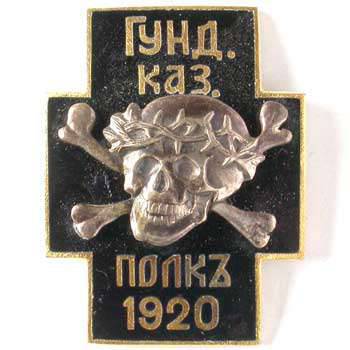
During the period of the legendary offensive of the Red Army against Tsaritsyn, the Gundor White Cossacks tried to prevent this offensive. To this end, they organized an attack on the railway line connecting the railway station Likhaya with the city of Kamensk. All this, taken together, causes legitimate discontent among the working people of the city, the miners with the old name of the city, who have nothing in common with its bad past.
In addition, the city of Gundorovka in its geographical position is located on the banks of the navigable river Seversky Donets, which fully corresponds to its future name - “Donetsk”.
So, 30 June 1955 of the year on the map of our country appeared the new city of Donetsk, the only one with such a name in the Soviet Union before 1961 of the year. After the 1961 of the year, according to the well-known decree of the Twenty-second Congress of the CPSU, all the cities that bore the name of the former leader of all peoples who had ceased to be great, received new names. Thus, the former regional center in the Ukrainian SSR, the city of Stalino was renamed the city of Donetsk.
The administrative center of the region was given this new name because it was located in the Donbass, that is, in the Donetsk coal basin. At that time, no one was embarrassed that at once the two cities carried the same name. After all, the cities of the same name - complete namesake - in the Soviet Union were several dozen.
Front-line editor
Since January 1, the city newspaper has begun to issue 1956. The name she was given exclusively in the spirit of the party - “Donetsk truth”. The first editor of this newspaper was Ivan Antonovich Dremlyuga, a modest man of an interesting fate, of whom all the city newspaper employees, many both regular and non-staff correspondents, recall with great respect. Ivan Antonovich was a front-line soldier, an artilleryman, and fought in the 1941-1942 years near Moscow as part of a forty-five anti-tank cannon platoon.
He rarely shared his personal memories. But from those who managed to be read, it became clear that the front-line endeavor was in the thick of the heat and on the front line, he was full of it. Many were given a ticket to the creative life by Ivan Antonovich, looking and typing the first small notes and tales that the schoolchildren wrote. The only city newspaper had the simplest equipment at its disposal: it was one line-stitching machine (linotype), two flat-bed printing machines and typesetting box office.
Every issue of a newspaper was born with great difficulty. Due to the weak voltage in the city's power grid, the row machine (linotype) did not work well, the metal froze, and the lines were not cast.
In the same issue of the newspaper summed up the past 1955 year. The year when the city of Donetsk appeared on the map of the country. The operating enterprises of the Yugo-Zapadnaya mine No. 1-bis were commissioned. Mastering the production capacity, the miners of the mine successfully completed the coal mining plan. The construction of the Palace of Culture at 530 seats and a summer cinema at 500 seats was completed. For the year of operation, the cinemas of the city were visited by more than 600 thousands of viewers. The plan for the gross collection of cinema installations was successfully completed at 139,9 percent.
By November 1953, the town of Gundorovka, Kamensky District, in terms of the number of settlements and their location, acquired its present appearance. The chain of waste heaps along the road leading to the neighboring Krasnodon district of the Ukrainian SSR to the south-west, the central part of the city, consisting of two sites - the first and the second, and scattered in the steppe remnants of farms of the former yurta of the village of Gundorovsky.
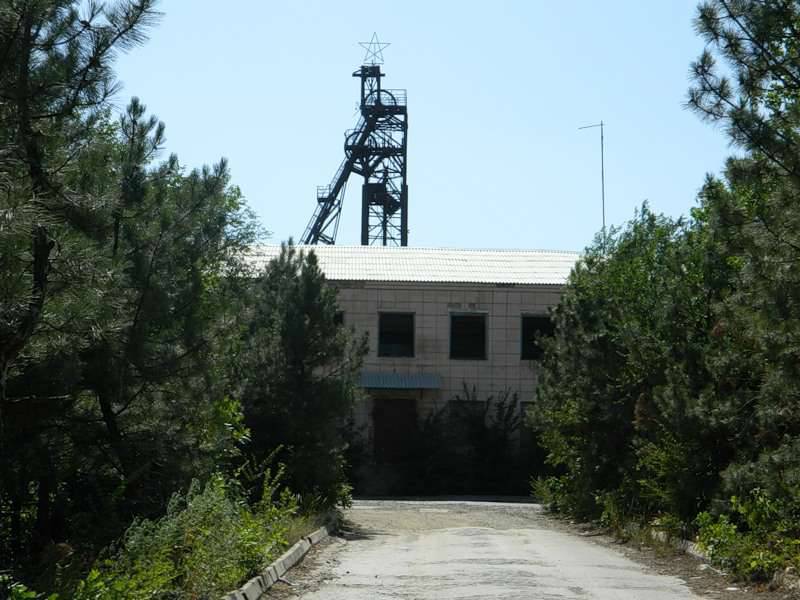
An interesting sound detail of 50's urban life. During the shift in the mines, the cargo and transport department, and the Gundorovsky central processing plant, loud beeps were called out for work. And the grief was to the one who would not be on the horn at his workplace. At the enterprises, there were still those who remembered that for a fifteen-minute delay in the war years it was possible to please at least three months, or even a year in prison.
And over the Donetsk steppe the alarming sounds of a siren of a militarized mine-rescue squad were heard. And when the calculations of the rescuers changed, these sounds were short and they were fed only to test the siren.
But when the siren's howl was long and protracted, with several howling increases, then for all this meant - expect trouble. Somewhere in some mine an accident happened, and the mining wives anxiously looked out of their yards - in which direction did the mine rescuers drive. Is it in the direction of the mine where the husband or father, brother or son worked?
In the memorial year for the residents of the city of 1955, in Donetsk, there were six coal mines that mined on average 4 227 tons of coal per day, of which 3 496 tons of coking coal. By the 40 anniversary of the Soviet power, by November 1957, the Donetskugol trust began to mine 6 094 tons every day, of which 5 069 tons of coking coal.
The main task was coal mining and its enrichment. This involved seven existing and three mines under construction. The main goal is to get as much black gold as possible. Features of coal mining in those early years are consistent, clearly demarcated operations that were performed by individual miners.
In addition to the main professions of machine operators, vrubmashinists, combine operators, the most numerous part consisted of pile drivers who directly mine coal. Then transporter carriers went into the mine, separately - landmen. As a result of the sequence of these operations, very often some sat, waiting for the previous ones to come out. This shortcoming was called perezidka. Later, of course, they came to the organization of a more modern labor technology thanks to the creation of complex brigades. The most courageous and honorable have always stood apart - sinkers, further - lodgers, workers of internal mining vehicles, a large detachment of electrical fitters, repairmen and assemblers, workers of ventilation and safety, water drainage, etc. In a word, coal mining mines, especially in our city (due to explosiveness, sudden emissions, they were classified as “super-category”), were not only difficult and dangerous, but also very complex production.
To be continued ...
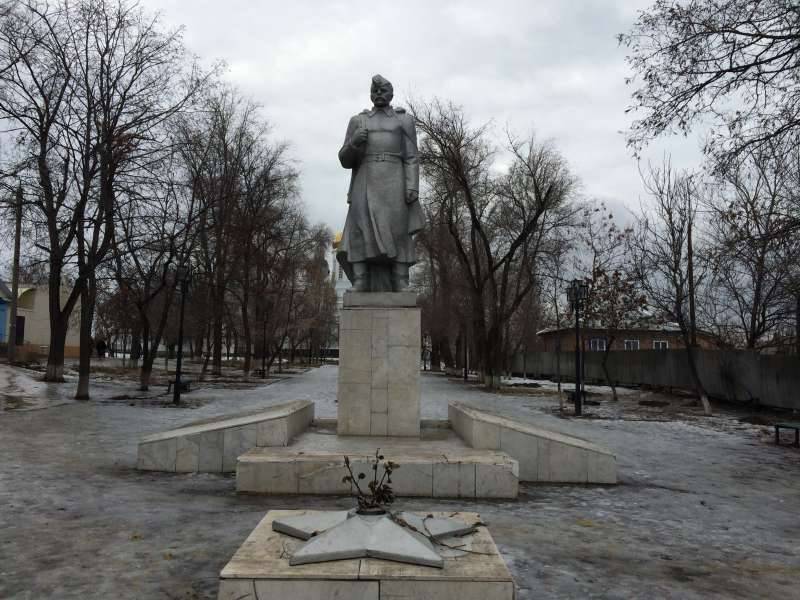
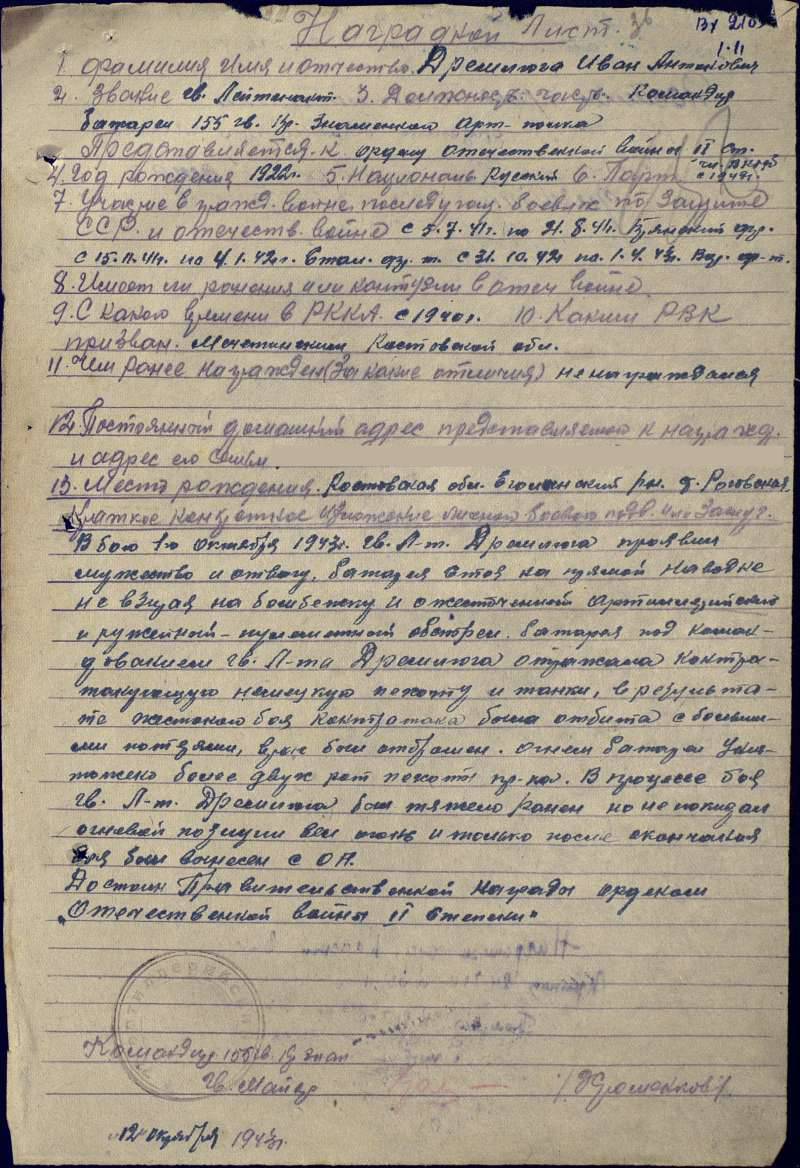
Information